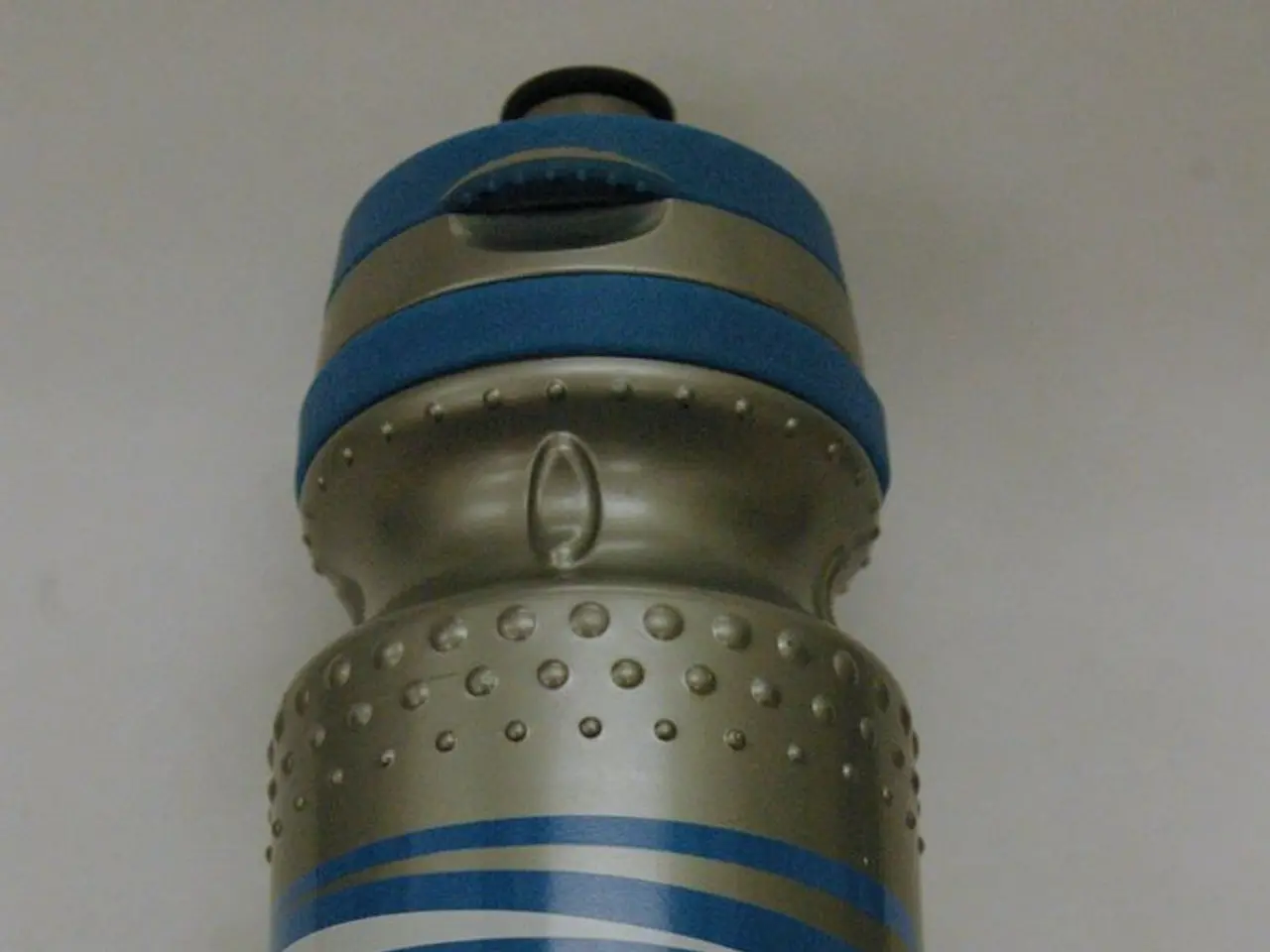Gene Therapy Using the 'STUB' Gene Shows Potential in Rat Experiments
In a significant breakthrough, a team of scientists at the Morsani College of Medicine at the University of South Florida have developed a novel therapy for Angelman syndrome. The new therapy, named STUB, shows promising results in a rat model of the condition.
The therapy, published in the journal Neurotherapeutics, codes for a secreted version of the UBE3A protein, a crucial protein that the UBE3A gene provides instructions for making. In Angelman syndrome, mutations in the UBE3A gene lead to a lack or reduced function of the UBE3A protein, causing a range of developmental and neurological symptoms.
The STUB therapy aims to deliver a healthy version of this gene to cells in a patient's brain to lessen symptoms. To increase its effectiveness, the scientists added secretion and cell-penetrating peptides to the STUB, aiming to influence treatment beyond locally transduced neurons.
The research concluded that the secretion of hUBE3A, the human version of UBE3A, adds an additional enhancement to the vector design. Each viral vector delivers a copy of the gene to one single cell in AAV-based therapies. However, the STUB vector showed additional improvements over the hUBE3A (unmodified human UBE3A) vector, with improved recovery of behavioral deficits in the Angelman rat model.
The researchers attached two signaling sequences to the UBE3A protein: one for secretion and one for cellular uptake, creating a combination named STUB. This design allows the therapy to deliver functional UBE3A protein even to cells missed by the viral vector, theoretically.
The STUB-coding therapy led to a marked normalization on both the rotarod test and hind limb clasping test, two common tests used to assess motor skills and balance in rodents. Untreated Angelman rats showed marked abnormalities in these tests, while the STUB therapy led to significant improvements. However, scores were still different from those of rats without Angelman syndrome.
Both the STUB and unmodified UBE3A therapy normalized scores on fear conditioning testing, but not to levels seen in wild-type rats. This suggests that while the therapies are effective, they may not fully restore all aspects of cognitive function.
It's important to note that no information was provided about initial tests to ensure that the gene therapy delivered the protein as designed and that STUB functioned similarly to unmodified UBE3A protein. Further research is needed to confirm these findings and to determine the safety and efficacy of the STUB gene therapy in human patients.
The authors of the study, "Improving Gene Therapy for Angelman Syndrome with Secreted Human UBE3A," include Kayla L. R. Haeusler, Tianwei Liu, Gabriele Ortolano, Laura A. Wheeler, and Feng Zhang. This research represents a significant step forward in the development of gene therapies for Angelman syndrome, offering hope for patients and their families.
Read also:
- Connection Between ADHD and Trauma?
- West Nile Virus detected in Kentucky for the first time; authorities advise locals to adopt safety measures
- Protesting for Mahsa Jina Amini and Women's Rights: Igniting a Humanitarian Era amidst an Era of Prejudice
- Examination of Survey Weighting Methods for Historical Presidential Elections







